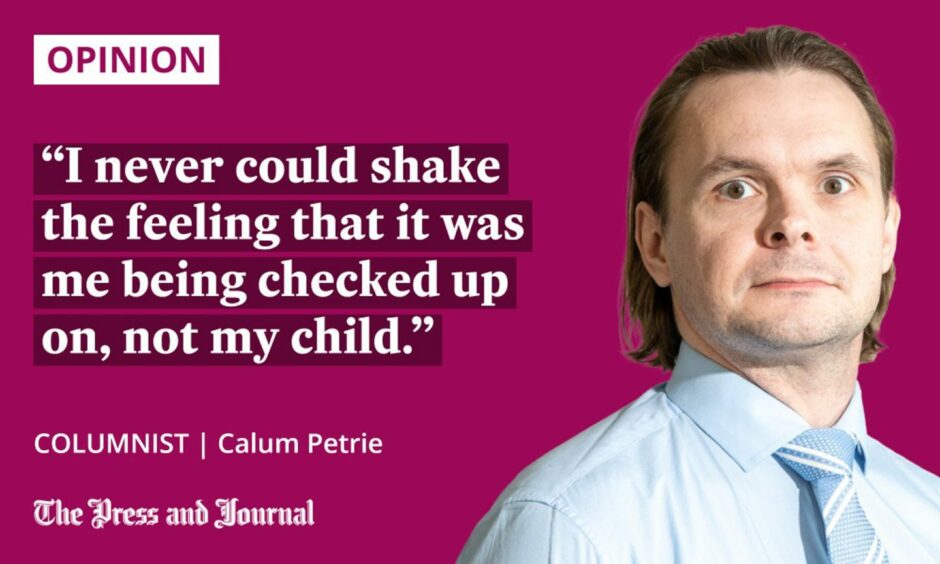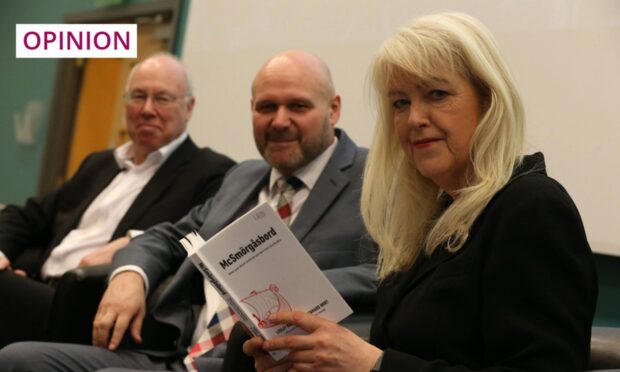Anyone else left with the overwhelming sense that the state thinks it knows what’s best for our kids?
Parenthood’s a tough gig at the best of times. It’s also a very personal experience. You’re the expert on your own child, right?
The state doesn’t think so.
I could quite easily rattle off, say, 10 examples from personal experience of the state interfering with my parenting.
However, I’m limited by space so I’ll pick just a couple from off the top of my head.
I had a horrific experience with my middle child’s first health visitor.
For those who don’t know, health visitors are NHS employees who come to your house to check up on a child’s progress for the first few years of their life.
At least that was my understanding. I was left feeling it was me being checked up on more than my child.
Being grilled in my own home

Long story short, the health visitor sat in my home, with both my and my kids’ medical histories in front of her, and I was asked to justify each and every trip to the doctor. Intrusive doesn’t cover it.
The whole time, it seemed to me that she’d entered my home with the view that I’d done something, and it was her job to get to the bottom of it come hell or high water.
She didn’t, because there was nothing to find.
I was a single parent at the time, and vulnerable.
I put it down to her having issues with men.
However, I later learned that a mum (an excellent one at that) I knew through nursery had had a remarkably similar experience with the same health visitor.
She had the presence of mind to lodge an official complaint. Too late, I realised I should have done the same.
Thankfully I was able to request another health visitor without too much fuss.
A few years later, now married, I became a father for the third time.
Despite the passage of time, my stomach lurched when I opened a letter informing me our health visitor would be my old friend from child number two.
I nipped that in the bud quickly, again getting a new one, thankfully without having to go into too much detail.
In the interest of fairness, the majority of health visitors have been perfectly pleasant and friendly, if at times a tad condescending.
But I never could shake the feeling that it was me being checked up on, not my child.
Being told what to do with my own child
And actually, the whole idea of someone coming into your home and telling you what to do with your own child strikes me as bizarre.
Of course, sometimes safeguarding is necessary to protect kids from abuse.
But it should be a service provided to young or vulnerable parents upon request, unless intervention can genuinely be justified.
Think how much money that would free up for where it’s really needed.
When my first two children were born, we lived in Sweden.
There, nobody comes into your home or in any way invades your personal space.
You bring your child to the clinic once a year, until they turn five.
No overly-personal, prying questions. Just a quick check of height and weight, ‘any problems?’, a short friendly chat and that’s it.
The only other contact you have is during routine vaccinations. As it should be.
Because, you know, they’re MY kids, not the state’s.
Named person scheme – when state interference in parenting peaked
The now infamous named person scheme left me wondering whether I had made the right decision to move back to Scotland.
Looking back, it was almost beyond belief. A state-appointed guardian for each and every child in the country. No wonder it was branded a ‘snooper’s charter’.
It was only scrapped because the Supreme Court ruled that it breached Human Rights laws, not because the Scottish Government thought it a bad idea. Nor because parents fought against it in their thousands.
It’s bad enough that my own kids will be able to report me to the police for things I say at the dinner table, under the Hate Crime Bill passed by the Scottish Government in 2021, which could be enforced as early as next year.
The named person scheme is another example of a policy which might have had its uses, had it been focused on vulnerable children who genuinely need help.
But no, the state wants to supervise every child, every parent.
By now you might think this column is a Scottish Government-bashing exercise. So I’ll bash another government.
Moving house with your kids? Not so fast…
When the mother of my oldest two kids died, we were still living in Sweden.
After 18 exhausting months working full-time with sole charge of two young kids, I threw in the towel and decided to move back to north-east Scotland, where I had the sort of support network that I didn’t have in Sweden.
As part of the move back to the UK, I had to sell my apartment in Stockholm.
When I put it up for sale, I was immediately contacted by someone who offered me a good price if I would sell before the bidding process began.
I knew immediately that the price was more than I would get if I left the sale to the usual bidding process. So naturally, I was all for accepting.
In stepped the state.
Despite losing their mother, the kids still had two parents. Myself, and the state.
Because we weren’t married at the time of my partner’s death, the state took control of my kids’ half of her estate. Which, among other things, meant they owned 50% of my apartment.
They told me I had to let the sale go through the bidding process. All in ‘the children’s best interests’, of course.
The highest bidder got my apartment, for a significantly lower sum than I would have received had I been allowed to arrange the sale of my own home.
It’s been the same no matter where I’ve tried to bring up my children.
I could go on. The birthday party I had to cancel at the last minute in January 2021 because Nicola Sturgeon said so, and the subsequent tears.
Enough. Leave us alone.
Calum Petrie is a father-of-three and writes features about schools, education, and family matters.












